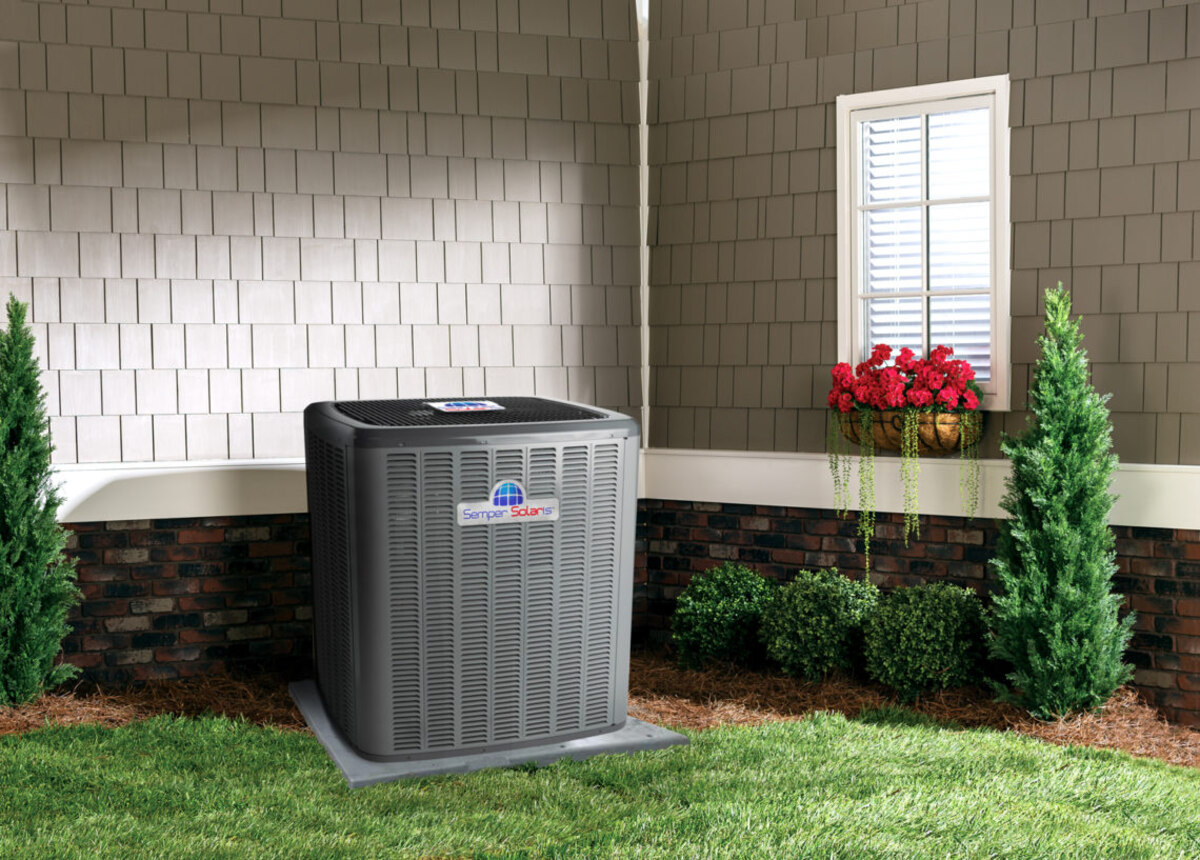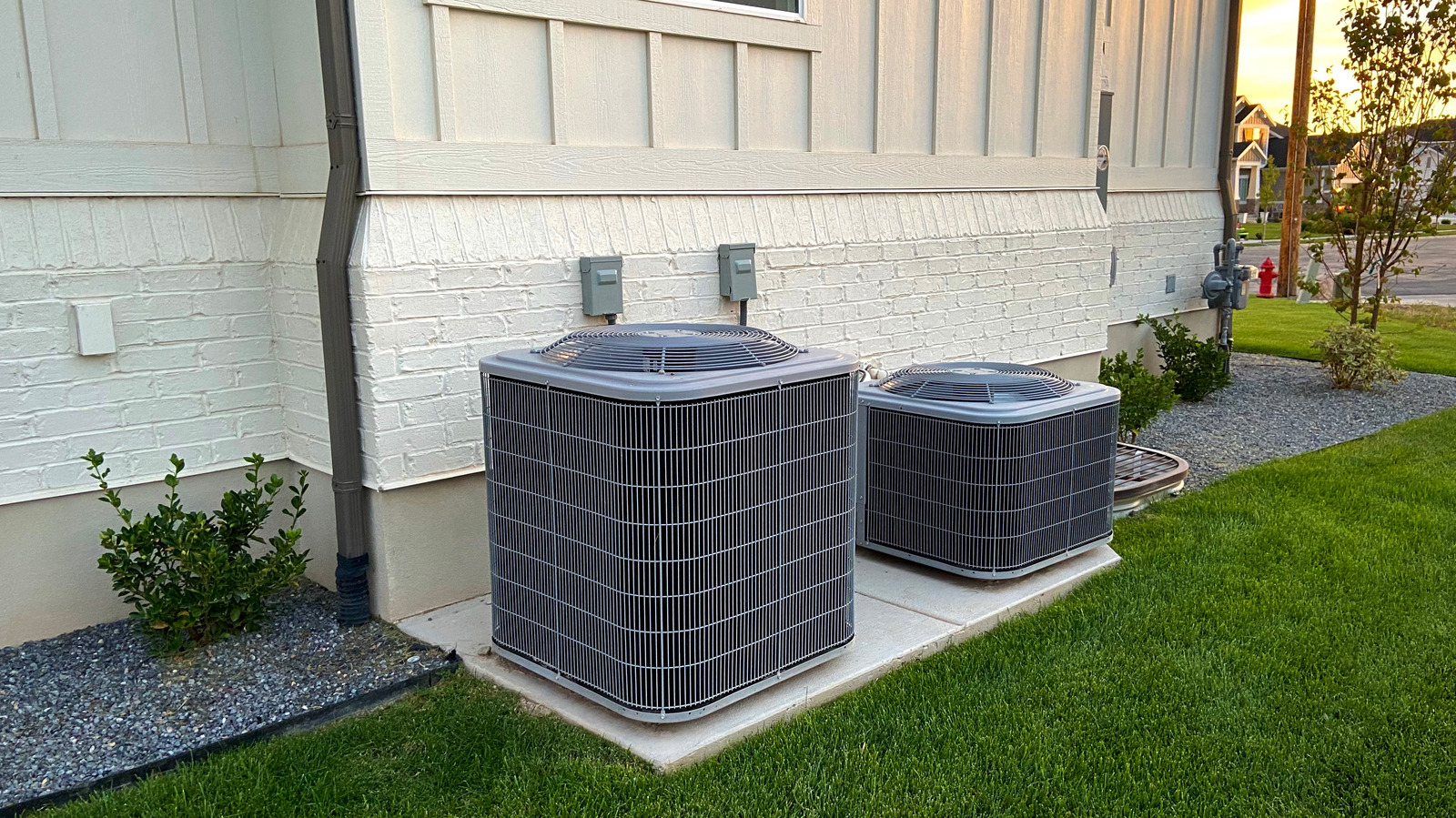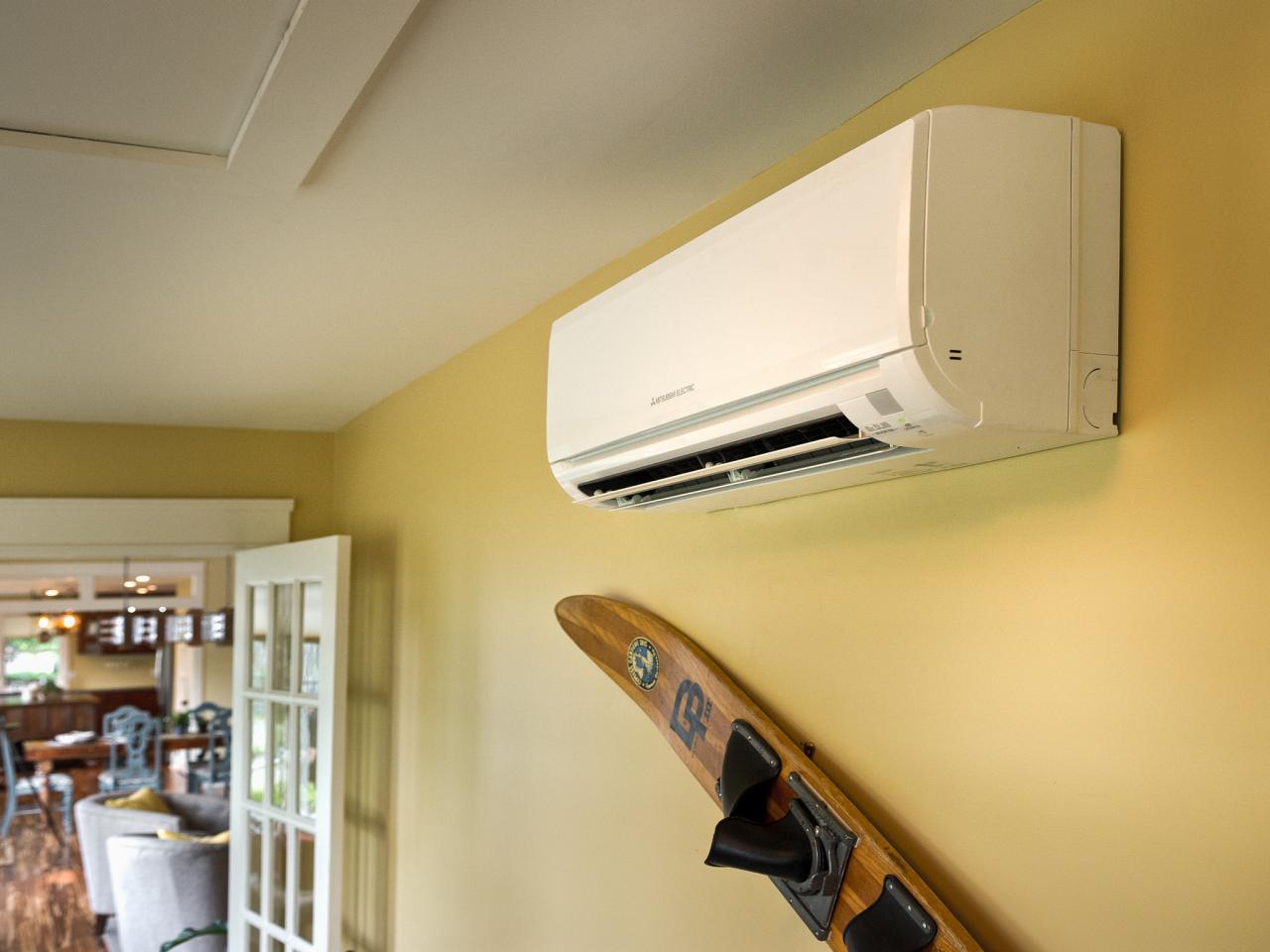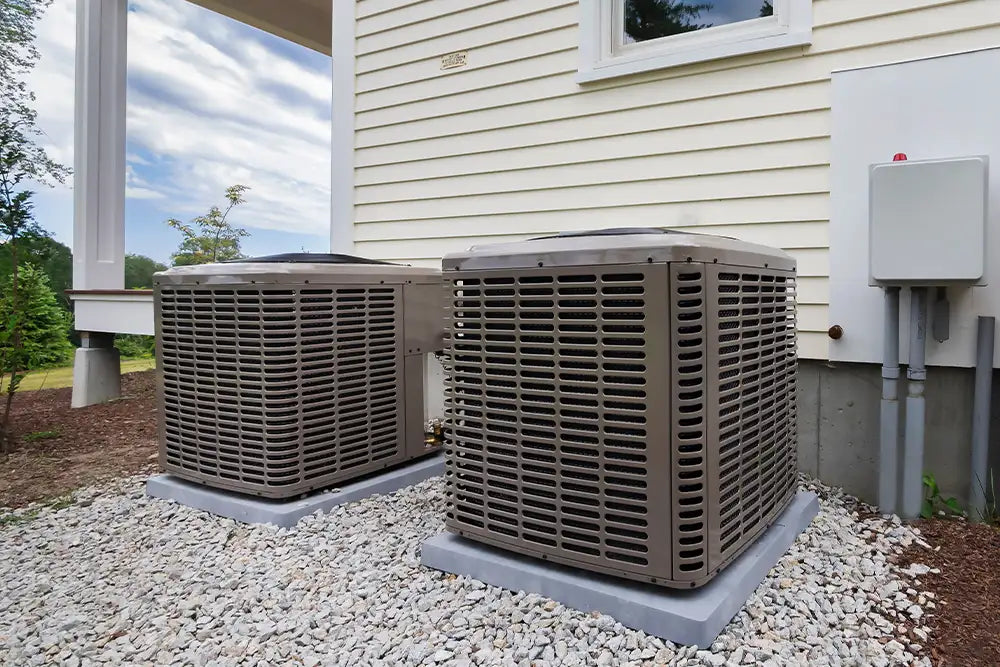How Much Are Home Air Conditioning Units
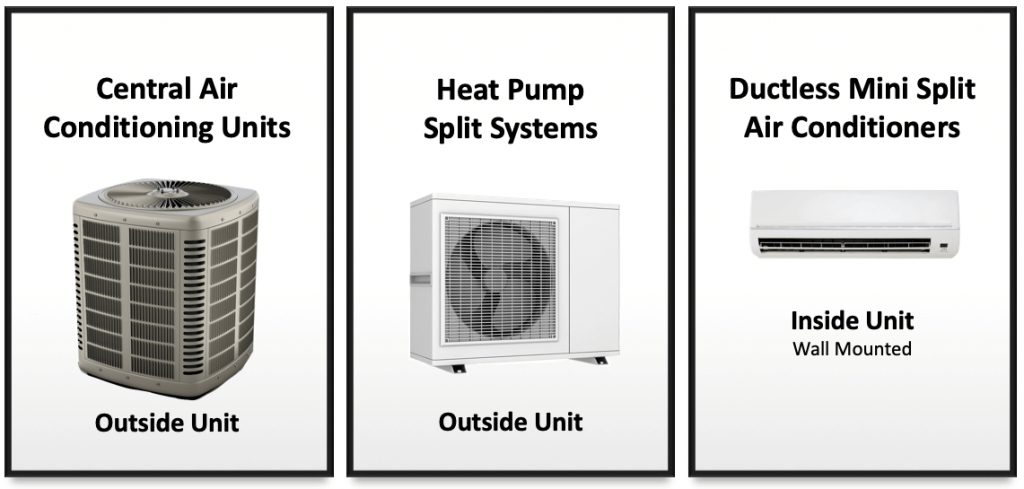
Decoding the Costs of Home Air Conditioning Units: A Comprehensive Guide
Understanding the pricing structure of home air conditioning units can be complex. Whether you’re a homeowner replacing an old system, a facility manager overseeing a large building, or an HVAC technician staying abreast of market trends, this guide provides a detailed breakdown of the factors influencing the cost of AC units. We'll explore everything from initial purchase price to long-term operational expenses, helping you make informed decisions.
Initial Purchase Price: More Than Just the Unit
The upfront cost of an AC unit is influenced by several factors:
- Type of System: Central air conditioners, ductless mini-splits, window units, and portable ACs each have distinct price points. Central ACs are generally the most expensive due to their complexity and whole-house cooling capabilities.
- SEER Rating: The Seasonal Energy Efficiency Ratio (SEER) measures an AC unit's cooling efficiency. Higher SEER ratings translate to lower energy bills but typically come with a higher initial price tag. A unit with a SEER of 16 will cost more than a unit with a SEER of 13.
- Size (BTU): The cooling capacity of an AC unit is measured in British Thermal Units (BTU). A larger home requires a higher BTU rating, leading to a higher price. An undersized unit will struggle to cool the space, while an oversized unit will cycle on and off frequently, leading to inefficiency and potential discomfort. A 2-ton unit will be cheaper than a 5-ton unit.
- Brand Reputation: Established brands with a reputation for reliability and performance often command a higher price. Brands like Carrier, Trane, and Lennox are generally considered premium options, while brands like Goodman and Rheem offer more budget-friendly alternatives.
- Features: Advanced features like variable-speed compressors, smart thermostats integration, and enhanced air filtration can add to the unit's cost.
Real-World Example: Consider a homeowner looking to replace their existing central AC system. A basic 3-ton, 13 SEER unit from a lesser-known brand might cost around $3,000-$4,000 for the unit alone. A similar-sized unit with a 16 SEER rating from a reputable brand could easily cost $5,000-$7,000.
Installation Costs: A Significant Factor
Installation costs are a critical component of the overall price. These costs can vary widely depending on:
- Complexity of the Installation: Replacing an existing unit is typically less expensive than installing a new system in a home without pre-existing ductwork.
- Ductwork Modifications: If your existing ductwork needs to be modified or replaced, it will add significantly to the installation costs.
- Electrical Work: Ensuring your electrical system can handle the new AC unit's power requirements may necessitate electrical upgrades, adding to the overall cost.
- Permits and Inspections: Local building codes often require permits and inspections, which can add to the installation expense.
- Labor Costs: Labor rates vary depending on the region and the contractor's experience.
Example: Installing a central AC system in a new construction home with existing ductwork could cost anywhere from $2,000 to $5,000 or more, depending on the factors mentioned above. Complex installations, especially those involving ductwork modifications, can easily exceed $7,000.
“Proper installation is crucial for optimal performance and longevity of your AC unit. Always hire a qualified and licensed HVAC technician.”
Operational Costs: The Long-Term Investment
While the initial purchase and installation costs are important, it’s crucial to consider the long-term operational costs. These costs primarily involve:
- Electricity Consumption: The higher the SEER rating, the less electricity the unit will consume.
- Maintenance: Regular maintenance, such as filter replacements and coil cleaning, is essential for maintaining efficiency and preventing costly repairs.
- Repair Costs: Over time, AC units may require repairs. Regular maintenance can help minimize these costs.
Estimating Electricity Costs: To estimate electricity costs, use the following formula:
(BTU/hour) / SEER = Wattage
Wattage / 1000 = Kilowatts (kW)
kW x Hours of Use x Electricity Rate (per kWh) = Daily Cost
Example: A 3-ton (36,000 BTU) AC unit with a SEER of 13, running for 8 hours a day with an electricity rate of $0.15 per kWh, would cost approximately $3.32 per day to operate. A similar unit with a SEER of 16 would cost approximately $2.70 per day.
Other Factors Influencing Price
Beyond the core factors, several other elements can impact the price of an AC unit:
- Rebates and Incentives: Many utility companies and government agencies offer rebates and incentives for installing energy-efficient AC units. Research available programs to potentially reduce your costs.
- Financing Options: HVAC contractors often offer financing options to help homeowners spread out the cost of a new AC unit over time.
- Warranty: A comprehensive warranty can provide peace of mind and protect you from unexpected repair costs.
- Seasonality: Demand for AC units typically peaks during the summer months, which can lead to higher prices. Consider purchasing your unit during the off-season (fall or winter) to potentially save money.
Cost Comparison of Different AC Unit Types
Here’s a general cost comparison of different types of AC units:
- Window Units: $100 - $500 per unit. Suitable for cooling single rooms.
- Portable AC Units: $300 - $800 per unit. Offer flexibility but are generally less efficient than window units.
- Ductless Mini-Splits: $3,000 - $8,000 per zone (indoor unit). Ideal for homes without ductwork or for targeted cooling.
- Central Air Conditioners: $3,000 - $7,000+ for the unit, plus $2,000 - $5,000+ for installation. Best for whole-house cooling.
These are just estimates, and the actual cost can vary depending on the factors discussed earlier.
Lifespan and Return on Investment
A well-maintained central AC unit can last 15-20 years. Ductless mini-splits often have a similar lifespan, while window and portable units typically last 5-10 years. Investing in a higher-efficiency unit with a longer lifespan can provide a significant return on investment through lower energy bills and reduced repair costs.
Consider a scenario where a homeowner spends an extra $2,000 on a high-efficiency AC unit with a SEER of 18. If the unit saves $300 per year in energy costs, the homeowner will recoup the extra investment in approximately 7 years. After that, the homeowner will continue to save money each year, making the higher upfront cost a worthwhile investment in the long run.
Making the Right Choice
Choosing the right AC unit requires careful consideration of your budget, cooling needs, and long-term operational costs. Obtain quotes from multiple HVAC contractors, compare their recommendations, and ask detailed questions about the unit's performance, warranty, and energy efficiency. Consult with a qualified HVAC professional to determine the optimal size and type of AC unit for your home or building.
For HVAC Technicians and Facility Managers
Stay updated on the latest advancements in AC technology, including variable-speed compressors, smart thermostats, and energy-efficient refrigerants. Familiarize yourself with building codes and regulations related to HVAC systems. Educate your clients on the benefits of regular maintenance and the importance of choosing energy-efficient options.
By understanding the complexities of AC unit pricing and performance, you can provide valuable guidance to your clients and help them make informed decisions that meet their specific needs and budget. Remember, the cheapest option isn't always the most cost-effective in the long run. Investing in a quality unit with a high SEER rating and proper installation can save money and improve comfort for years to come.
